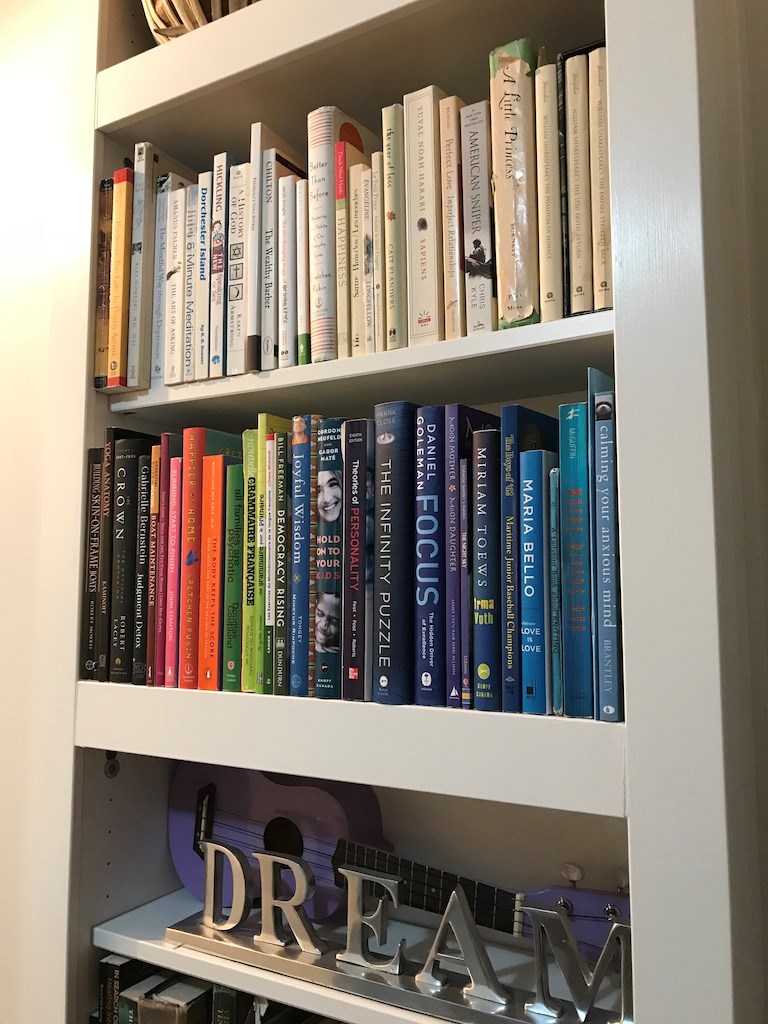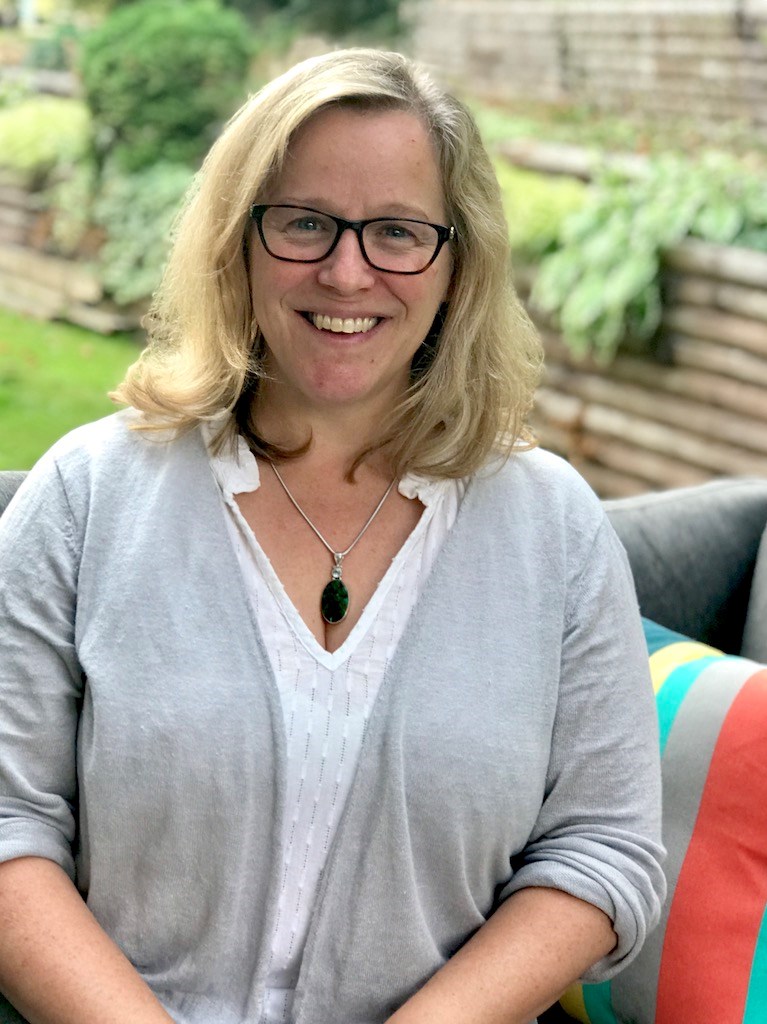Tidying consultant Catherine Croucher walks the talk. When I asked the KonMari devotee if she has any neatly curated drawers she can show me as examples of her work she giggled at my unintentional homage to her equally neat new business name: Curated Dwelling.
Without a moment of hesitation, Croucher jumped up and said, "Follow me!" (As anyone can attest, most women of families will pause and deeply consider such a request, basing their answer on how close the "friend" is, and whether they are the deeply judgmental type.)
Croucher does neither, and I'm a virtual stranger.
Together we bounded up her staircase, bare as a newborn's bottom, and she threw open the door to her bedroom and walk-in. Everything was in its place: The bed made, no clutter on the side tables, not a rogue sock to be found.

She pulled open her chest of drawers to reveal a few rows of socks neatly folded vertically so each pair may be considered at a glance; farther down, T-shirts and sweaters all folded just as practically. Not one garment obscuring another.
"This way you can see everything with just a quick look," said the KonMari consultant in training, matter-of-factly. Glancing left, the shirts and sweaters hang on both hers and her husband's side of the closet. They are neat, tidy and frankly, pretty sparse. "We really became aware of what we wore and how often. It was liberating to see the rest go."
For those of you living under a Stawamus Chief-sized rock, KonMari is a method of tidying created by Japanese cleaning consultant Marie Kondo. A few years ago she wrote a book about it called "The Life-Changing Magic of Tidying Up," and it soon took up residence on millions of bedside tables the world over.
"My husband did the process, eventually, and I overheard him tell a friend that doing his wardrobe was ‘life-changing.' That was more than I ever could have imagined," she said.
And while Croucher said she's always enjoyed living an uncluttered life, it was always an ongoing process. What's different about this method is that once it's done, it's done. The category-by-category system is meant to offer lasting results.
"It's about choosing what brings you joy, and that can be pretty difficult. For me, it was interesting to examine what does joy even feel like? So, honing that sense of joy, and at the same time figuring out what of my belongings incited that in me — it was a bit of a learning curve. It isn't just about putting it all away. But rather, once you chose the things that bring you joy and find a place for them, you then know where it all goes!"
Croucher acknowledges the process is different for everyone; we all come with our own baggage — both literally and metaphorically.
"Things not only take up physical space, but they take up space in your heart and your psyche as well. It's nice to let go of those things, but it can be difficult too," she said, explaining it's her role to support the client through the process.
"It really is: ‘Hold the item, how do you feel?' We work from there. If it brings you joy, great, we keep it. Next item. We decide later where it all goes."

There's also an element of letting go and trusting it's the right thing to do, she says. For example, if you've had a book for a year and a half and haven't cracked it, the time has passed – and if it's really meant for you, you'll find it at a garage sale, or someone will gift it to you.
"This method encourages people to come from a place of abundance and grace, rather than scarcity. It can be pretty powerful."
Clients can expect a meeting with Croucher for an initial consultation when she will look at the home, household goods, volume of belongings, space, and storage. From there, together, you will strategize how to move forward and come to agreements on homework, availability, and timelines. She recognizes that the process often touches on emotional elements: "At 50, I've seen a lot, I can empathize with a lot, and I feel I know when to give people their space."
The method is broken down into segments that offer practice and start with the easy pieces such as clothing, then books, papers, and "komono" or miscellany such as art, décor, kitchen cupboards, closets, and finally (always) ending with the sentimental stuff a.k.a. the hard stuff.
"I've had a client tell me ‘We are putting back what makes me feel good, in a way that makes me feel good,' and another said it ‘feels like a whole new house.'"
"It's like stepping into a newer version of yourself."
Croucher's Curated Dwelling can be found on Facebook, and her new website launches this week. Visit for more information.
��




